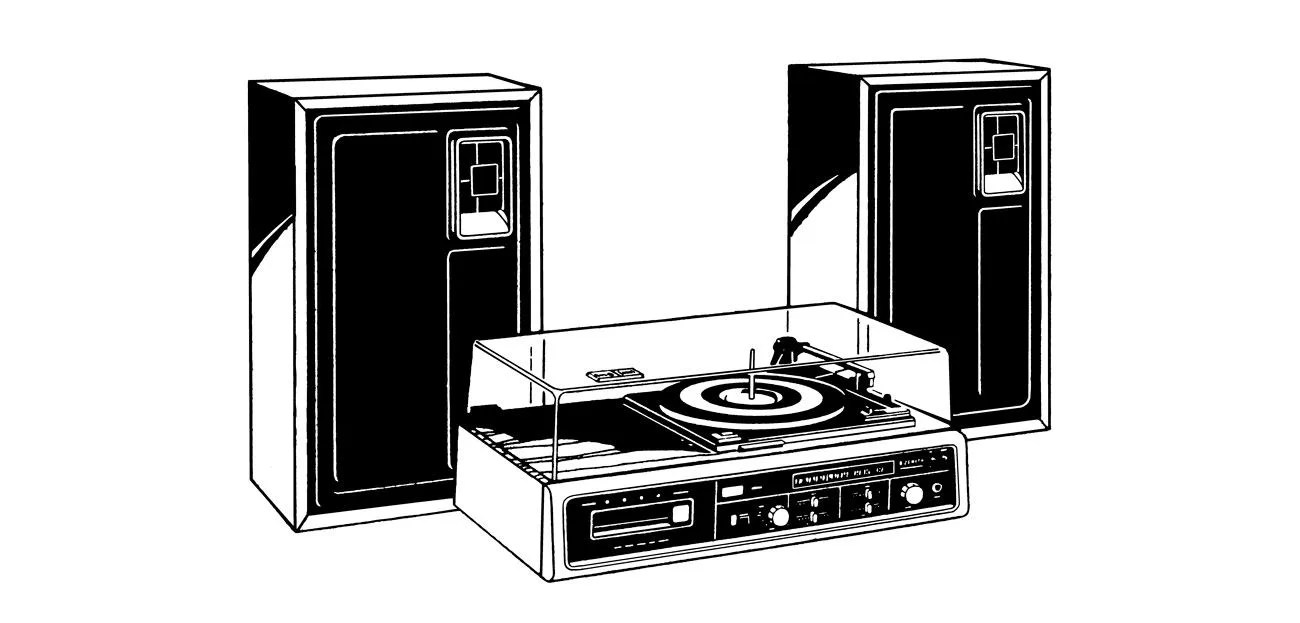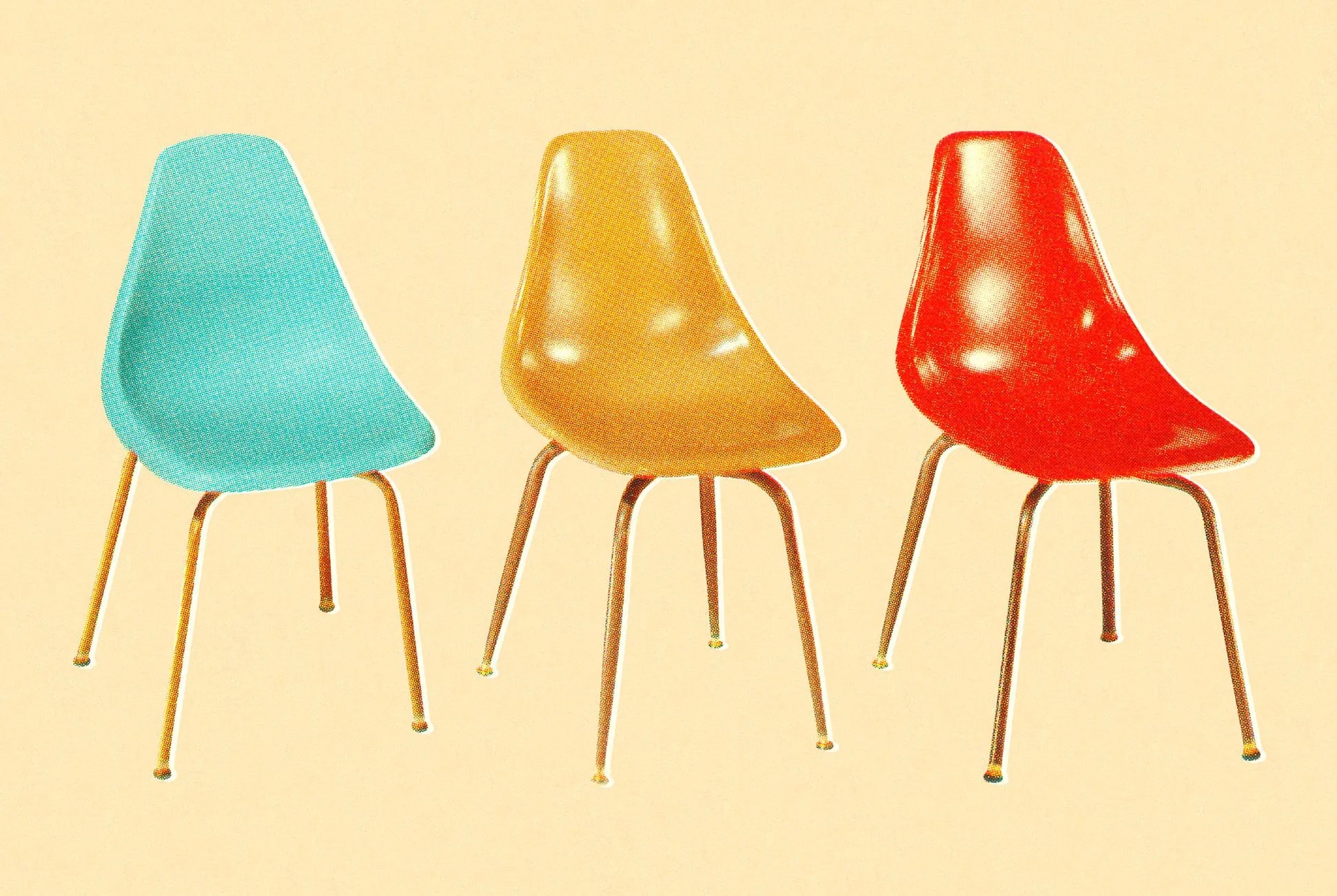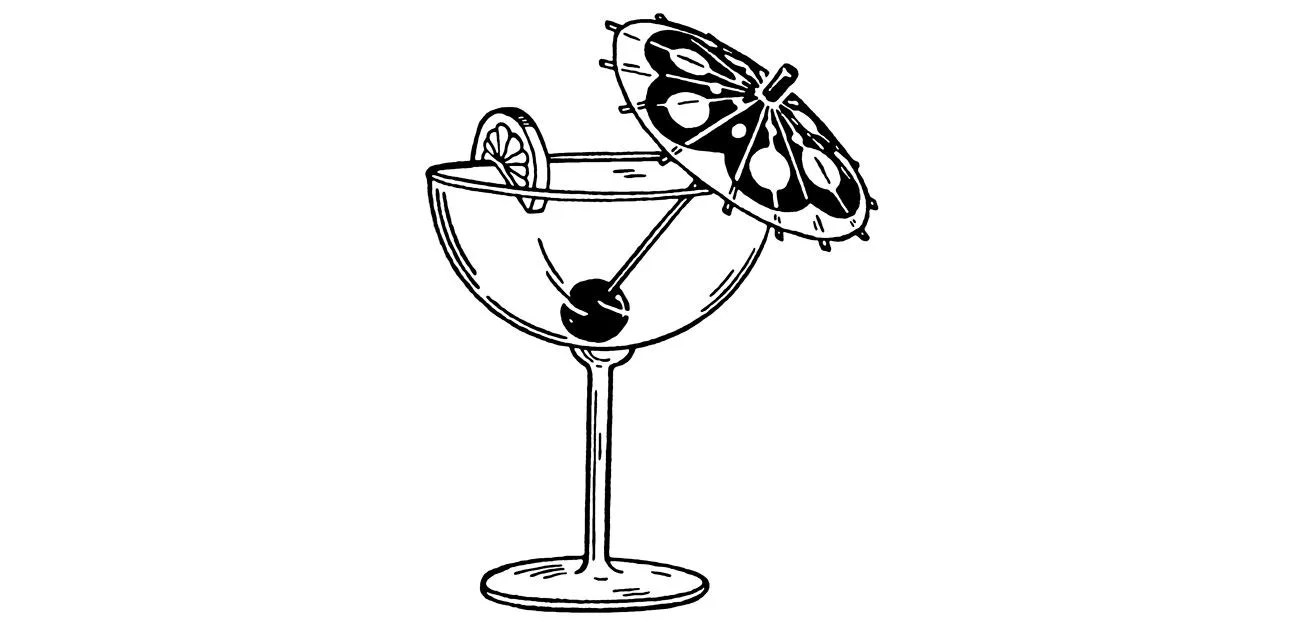It’s no secret that we’re in an intensely nostalgic place these days. Our politicians, our songwriters, our video game designers, our barbers, tailors, chefs and bartenders, all seem to be fixated on a golden age of American life that likely never existed but that nevertheless holds a mythic power over our imaginations. “There has never been a society in human history so obsessed with the cultural artifacts of its own immediate past,” writes Simon Reynolds in Retromania: Pop Culture’s Addiction to Its Own Past.
Reynolds is mostly talking about popular music, but he might as well have lumped in hickory-smoked pork shoulder, Prohibition-era cocktails, fixed-gear bicycles, vintage Smith Coronas, handlebar mustaches, whitetail taxidermy, antique doorknobs and knitting. Subtly yet unambiguously, nostalgia (that “infidelity to the present,” as the writer Mark Slouka puts it, a “need to pull out the past like a letter that still carries the scent — or so you imagine — of someone you loved”) has become an omnipresent force in our private and public lives, perhaps the principal medium through which we filter our keenest desires.
Nowhere is this more apparent than the marketplace. Take Shinola, the luxury goods brand that has fused its image with Detroit, America’s former manufacturing mecca (although Shinola actually took its name and logo from a defunct New York shoe polish company founded in 1907). Just a couple of years ago, Detroit was widely construed as an “American Pompeii,” a forsaken, post-industrial dystopia that stirred up web headlines like “Behold These Hauntingly Beautiful Photos of the Ruins of Modern Detroit” and was, according to Detroit suburbanite Ted Nugent, populated by “pimps and whores and welfare brats.” Today, the struggling majority-black city with dirt-cheap housing has found itself to be a motherlode of cultural cachet; its aesthetic imperfections, its political mismanagement, even its long-suffering NFL team, the Lions, have been recast as the essence of “grit” and “authenticity.” As Shinola shrewdly intuited, Detroit became a favorite national comeback story. By purchasing a $900 watch, $2,500 turntable, or $350 laptop case, its customers can acquire a token of hardscrabble American innovation with a measure of white-glove exclusivity.
Or take “craft” cocktails. Drawing, as they do, on the bedrock ingredients of prewar American life — corn, potatoes, sugar, and suspenders — cocktails tap into some slow-dying ideas about authenticity and the American idyll. In the absinthe-fueled pungency of every $17 Sazerac lies the scent-trace of a bygone era. The same can be said of barbecue, which has undergone a parallel rebranding over the recent decade. Once thought of as a provincial backwater to “traditional” American cooking — the cuisine of a largely rural, black underclass — barbecue is now widely sold as the “original comfort food”: classic, unfussy, and genuine.
 This content is subject to copyright.
This content is subject to copyright.(It’s worth making a quick stop at what I believe is one notable exception to the nostalgia rule: hip-hop. While it’s rare to find much that’s new in pop music — rock-and-roll being the most nostalgic genre and totally incapable, it seems, of adaptation — hip-hop is remarkably forward-facing, in part because the recording and dissemination technology on which rappers and producers rely is constantly evolving. Kanye West’s decision not to release his album The Life of Pablo in physical form, and online only — followed by an announcement that he’ll never release albums on CD again — and then continually revising it, is a defiantly futuristic take.)
And, by the way, it’s not just chronically over-educated, northern urban aesthetes who crave relics of the recent past. As we saw in the presidential election, Midwestern and Southern voters went in for a nostalgia-merchant of the highest order. Ah, the wonder years of proxy wars, nuclear proliferation, and assembly-line drudgery! Among the countless imponderables of Trump’s ascent, he routinely polled as the most “authentic” of candidates. Myths, as someone once said, are as important as reality.

